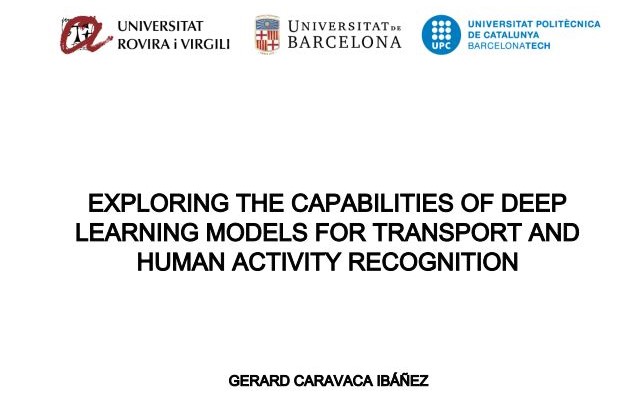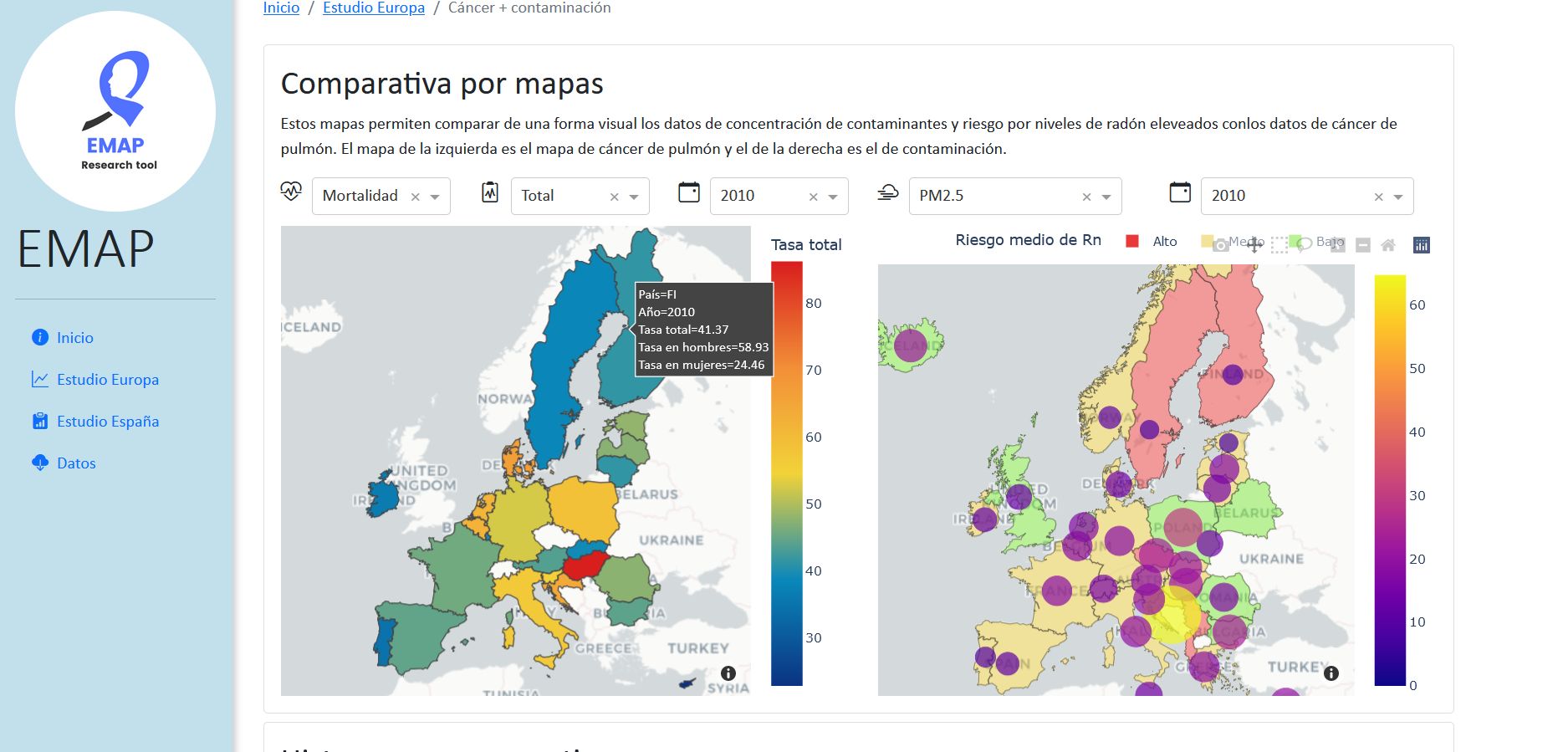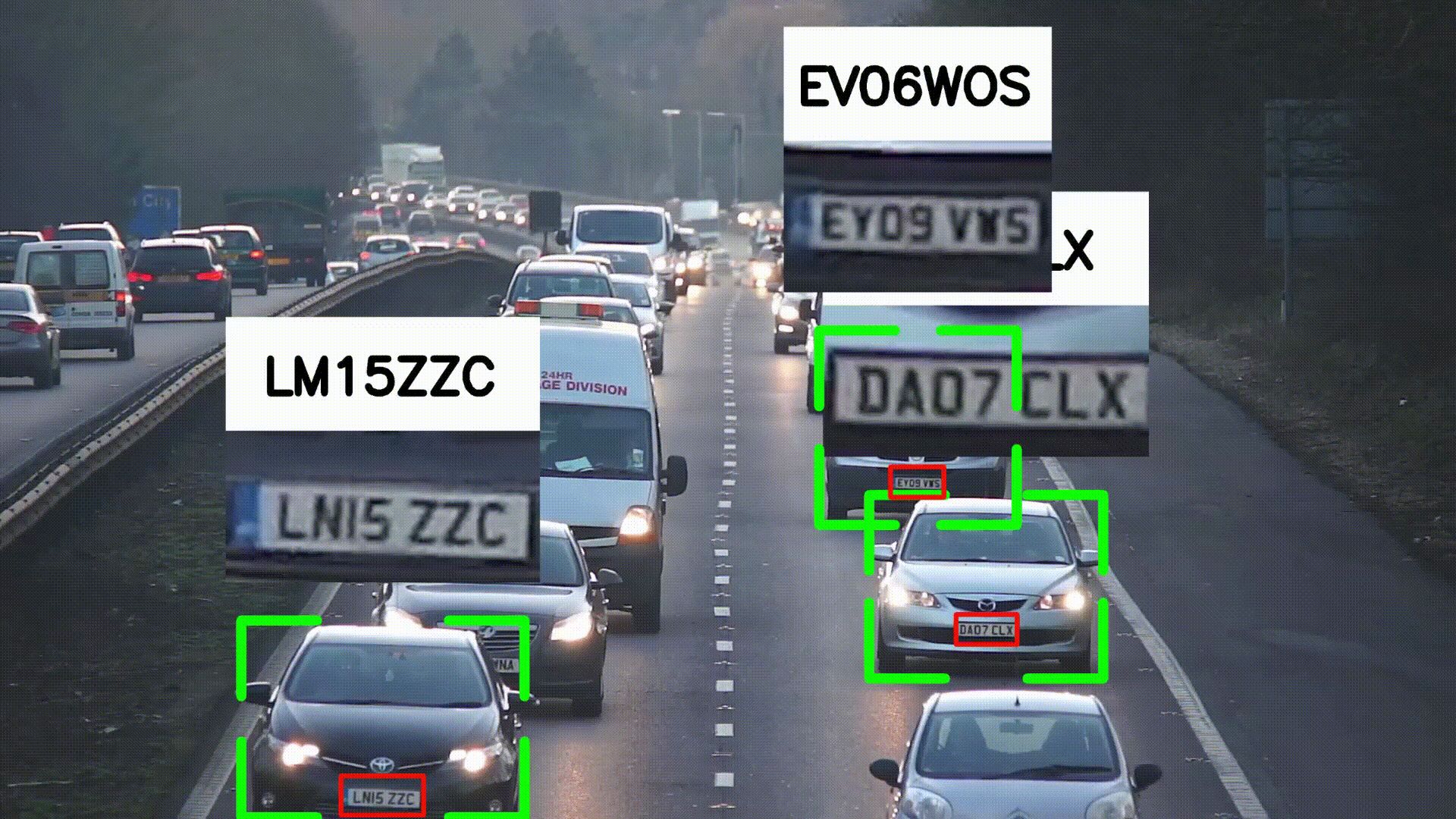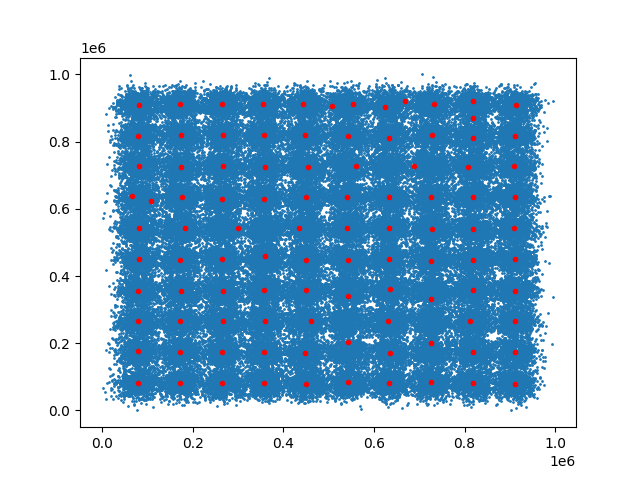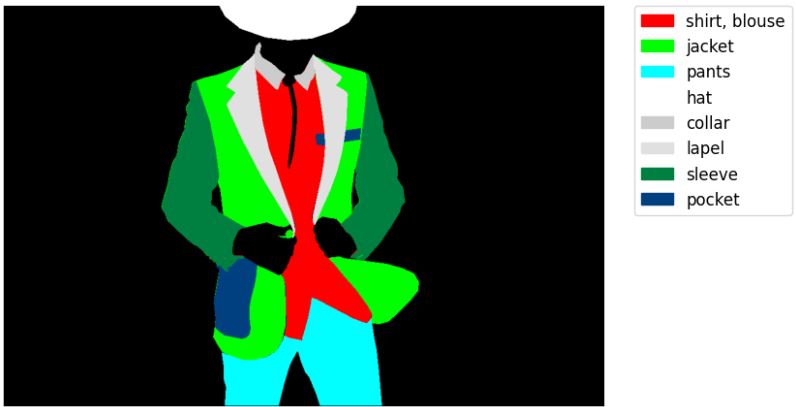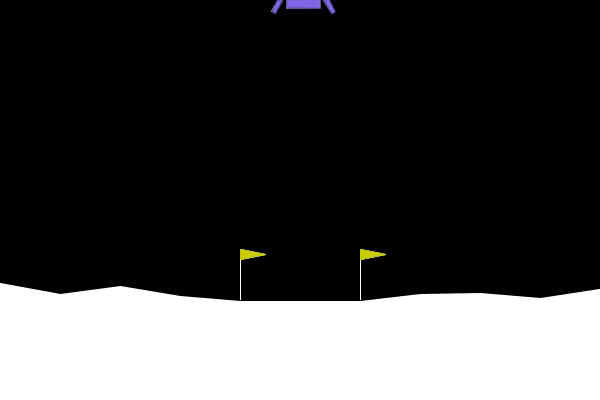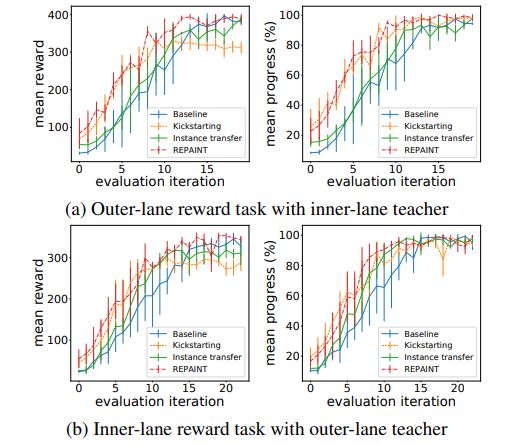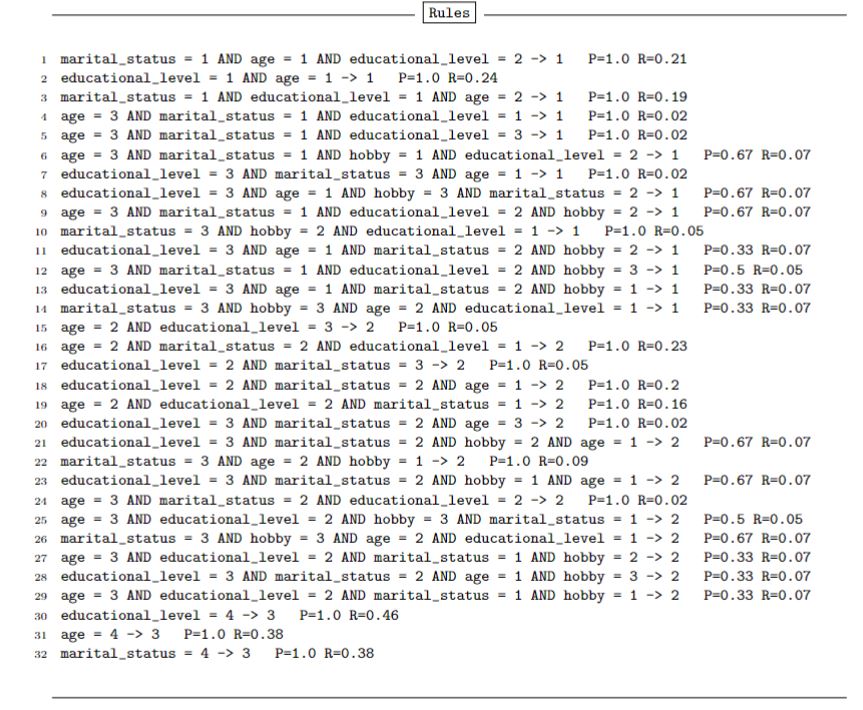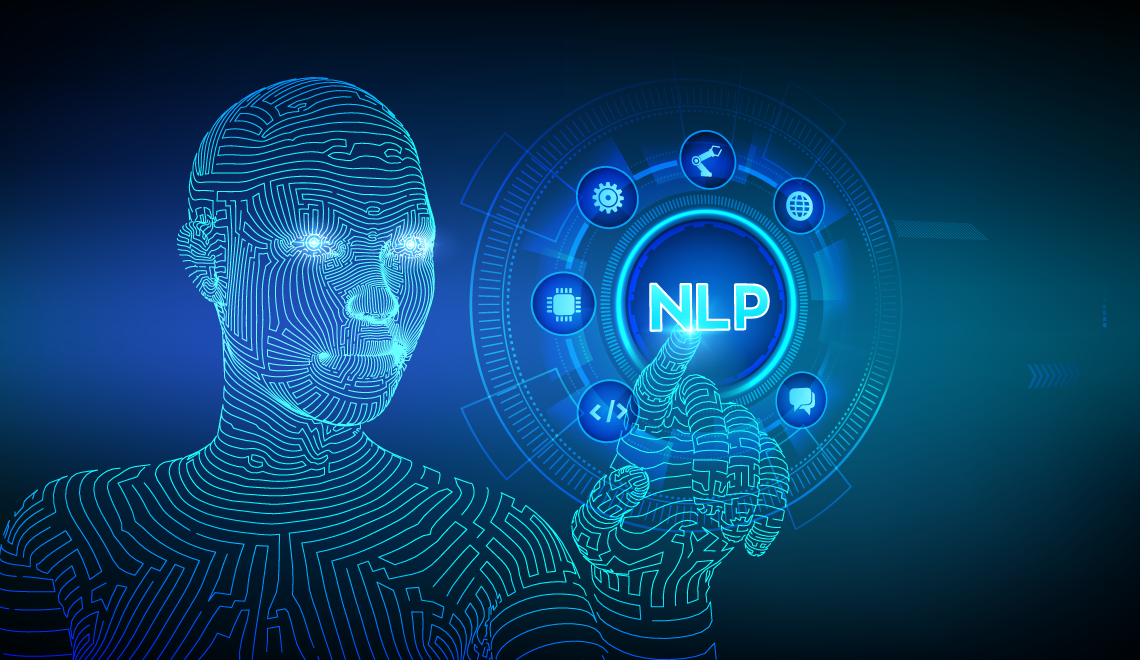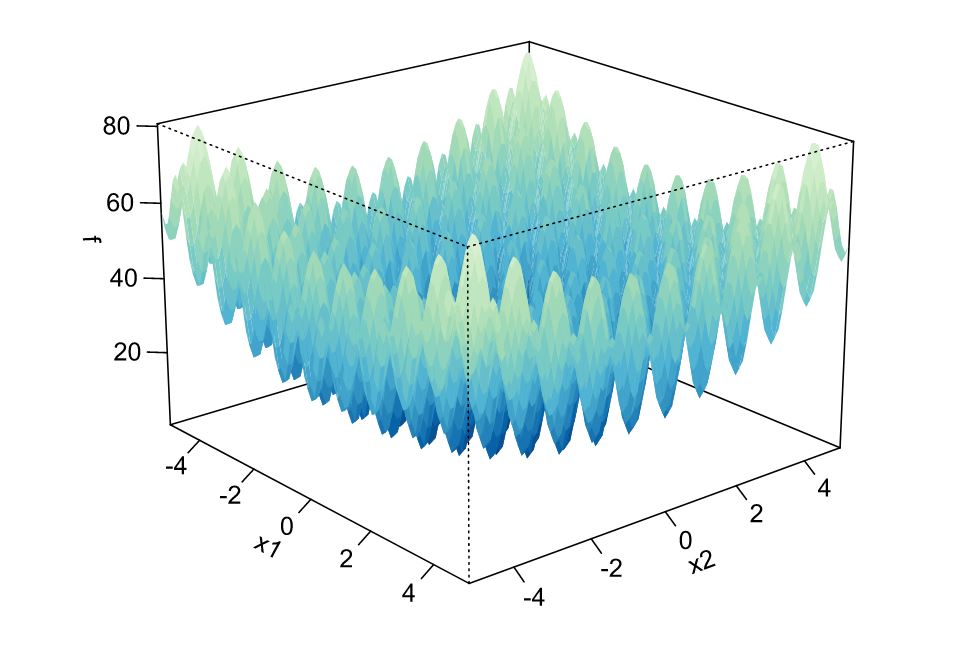About me
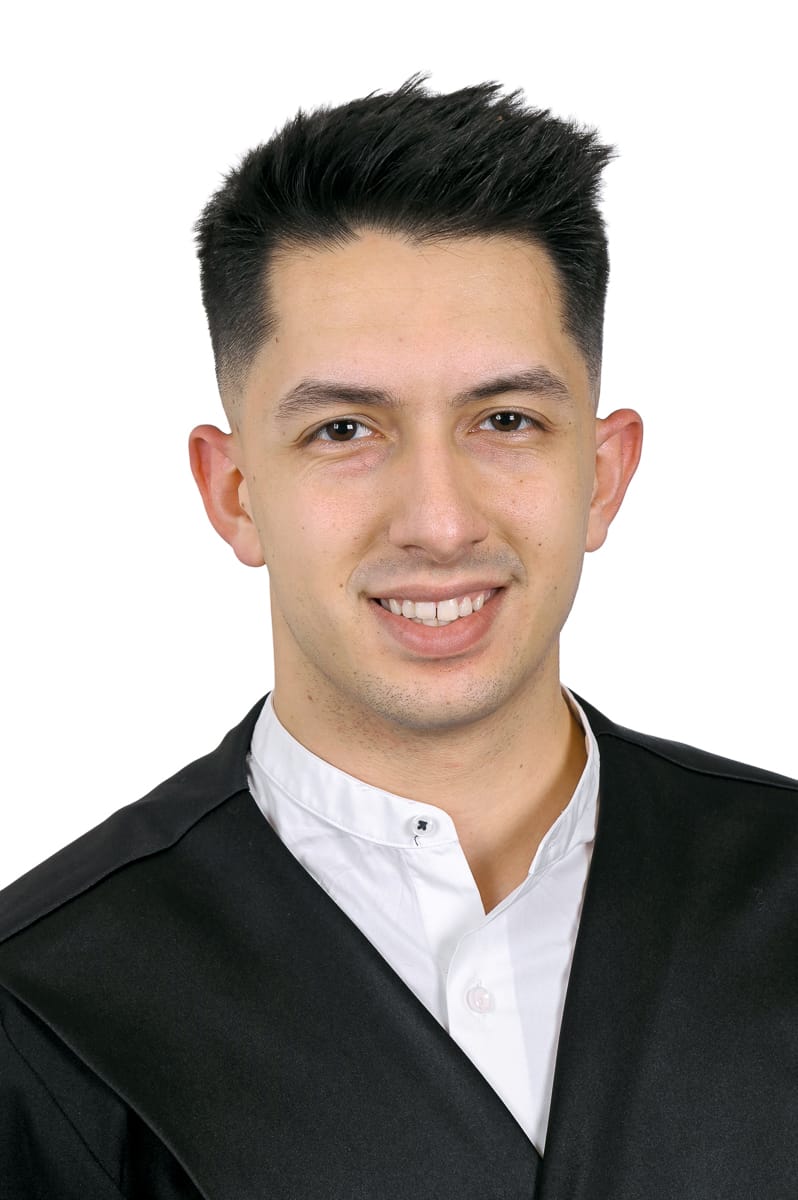
As a Computer Engineering graduate, I have enriched my technical portfolio by completing a Master's degree in Artificial Intelligence, a distinguished program jointly offered by top-tier universities in Catalonia, including UPC, UB, and URV. This advanced education has equipped me with in-depth knowledge and practical skills in AI, marking a pivotal advancement in my career trajectory. Beyond my academic accomplishments, I have gained valuable experience in the field of deep learning through research initiatives, where I delved into cutting-edge technologies and contributed to the development of innovative solutions. Additionally, my tenure as a software developer in a dynamic startup environment has honed my ability to adapt to fast-paced technological changes and collaborate effectively in team settings. I am eager to leverage my comprehensive background in AI, research expertise in deep learning, and practical software development experience in a professional role. My goal is to secure a position that not only resonates with my specialization in Artificial Intelligence but also enables me to significantly contribute to the advancement of technology in this field.
View Resume